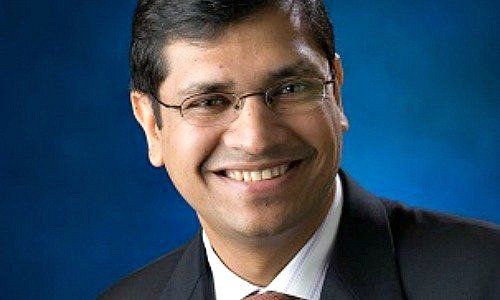The wealth being managed by family offices in Asia is well acknowledged in the West, but there is scant understanding of what they want, Anurag Mahesh, UBS’ Head of Family Office in Asia, says to finews.asia.
«Risk allocation,» Anurag Mahesh states simply when asked why Asian family offices may have generated better investment performance in 2018 than their more established global peers.
«Though I would not read that much into the differrence,» he goes on to say. «Allocations don’t change dramatically year-on-year because family offices have large capital pools.» Performance, then, tends to be strongly correlated to market performance.
Every Other Day a Billionaire
«2017 was a great year but performance will moderate in 2018,» Mahesh believes, which shifts the focus squarely on the other merits of growing ecosystem of family offices in Asia.
“Every other day a billionaire is made in Asia,» he says highlighting the reason behind the growing global interest in the sector. «There is no published data on how much wealth is in family offices [in Asia] but the number is not insignificant.»
Increasingly Sophisticated
The quantum of wealth being managed by family offices in Asia is well acknowledged in the West, but there is scant understanding of what they want. «Clients are getting increasingly sophisticated and setting up structures to give them access to institutional platforms,» Mahesh says.
«If a client does not have $100 million we dissuade them from getting into a family office setup because the costs will be prohibitive,» he says dispelling yet another myth about Asia being a low-cost environment that supports smaller players.
Where the Lion's Share is
«In Asia, costs tend to be higher as a percentage of assets because the assets under management are smaller,» he says. The gap [between Asian and global family offices] narrows every year at an increasing pace. It is difficult to estimate when the gap will close between family offices in Asia and those in Europe or America.
What UBS chooses to focus on is the growth rate – by and large, there are no new family offices being set up in Europe and America. Within Asia, Mahesh estimates the North to lead. «North Asia is where the lion’s share of growth comes from, South Asia is traditionally wealthy and still growing but not as fast as the North.»
Growth in the South Unabated
Despite the plethora of family offices set up in Singapore managing South East Asian money, Mahesh estimates the split between North and South may be as much as 2:1, in favour of the former.
Interestingly, growth between the two regions appears not to be correlated, so despite the negativity surrounding China’s domestic debt and its trade relations with the U.S., growth in the South is unabated.
Favoured Investments
And where is this wealth deployed? Again, the stereotype of equity-crazy Asian investors just does not hold. «The smart money is diversifying away from equities, which shows that Asian family offices have understood risk allocation,» Mahesh says.
Without naming the client, Mahesh talks about an opportunity that arose around the sale of a developed commercial asset. The buyer of the asset was only willing to commit a certain amount of capital, the difference between this amount and the price was financed using mezzanine debt. «There was a lot of interest in that opportunity,» he says, «because a lot of family offices in the region understand real estate and have a home market bias.»
This is the first installment of finews.asia's interview with Anurag Mahesh. finews.asia will publish a second part.




















